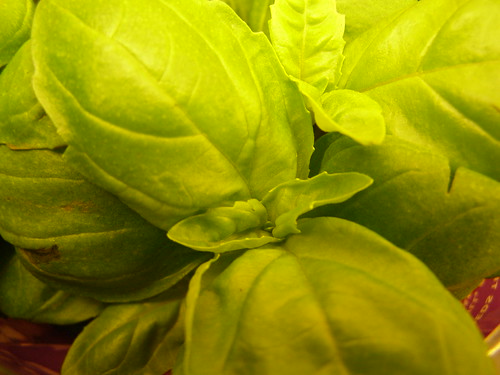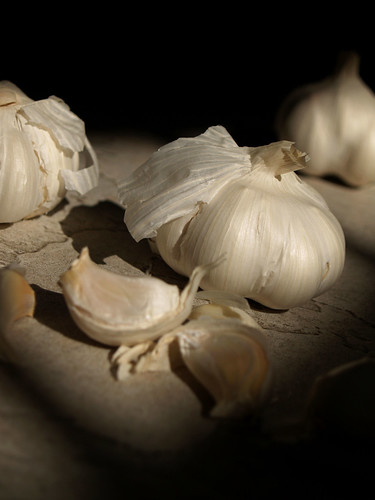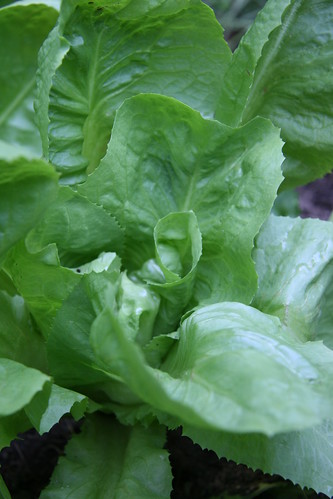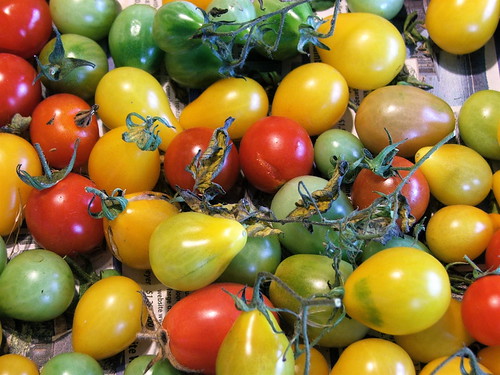Photo By Papa Razzi1. Flickr
Basil is often used in many of my home cooked meals. This is one herb I would be lost without. Planting an abundance of fresh sweet basil is one of my top priorities while preparing my vegetable garden in the spring. You can use this herb liberally in many recipes, especially in pesto sauces and tomato based dishes. There are a few ways to keep a large supply of basil readily at hand, as the summer fades and as fall begins to roll in. The two methods I've used have been drying and freezing. Either method preserves my basil quite nicely.
Drying Basil is very simple. The first and most common way to dry basil is by harvesting the leaves or sprigs on a sunny morning, when the flavor is at it's peak and it's oil contents is high. Wash your basil if necessary and pat the leaves dry. Tie sprigs together by the bunch and hang them in a dry place away from the light. You can also dry the leaves on a cloth spread over a baking sheet. It will take three weeks for the basil to be completely dried.
For the last four years I've been drying my basil in the microwave. Call me impatient, because I just can't stand waiting out those three weeks. By using a microwave, I have my herbs dried and stored in one day. All you will need to do is follow the first few steps on harvesting. Instead of tying the sprigs together, you would want to gather up a paper towel or paper plate and a microwave safe bowl filled with water. Pull the leaves off of the sprigs and place them on either your paper towel or plate. Place both the basil and the bowl full of water in the microwave. Set your microwave on high for three minutes, If the Herbs look dry, remove them. If they still seem damp, continue to microwave for two additional minutes, then at one minute intervals till they are completely dried and ready to store.
After you are done with the drying process, you should store herbs in clear glass jars away from the light. Mason jars work quite well for storing dried Basil. My personal preference are the larger mason jars, because I can fit more of the herb in the jar, therefore I will have less jars stored in my already crammed spice cabinet.
Last but not least, the fastest and easiest way to store basil is by freezing it. This can be done in a jiffy. Wash and dry the herbs you've collected. Place a bunch of the leaves in a freezer bag. Seal The bag tightly, making sure there is no air caught in the bag. Place the bag in your freezer and your done. When it comes time to use your already frozen basil, you simply take one of the bags out of the freezer. You then break off the amount of basil you will need for that moment and reseal the bag after taking what you need. Place any remaining herbs back in the freezer for future use. It is not necessary to thaw the basil first, just add the desired amount to any of your favorite recipes while it's still frozen frozen.
Any of these storing methods you choose to use, will not only save you of money, but will save you the time of having to run out to the store, on a bone chilling, blustery, winter day, because you ran out of basil and absolutely need it for a recipe your whipping up for dinner guests later that evening.













